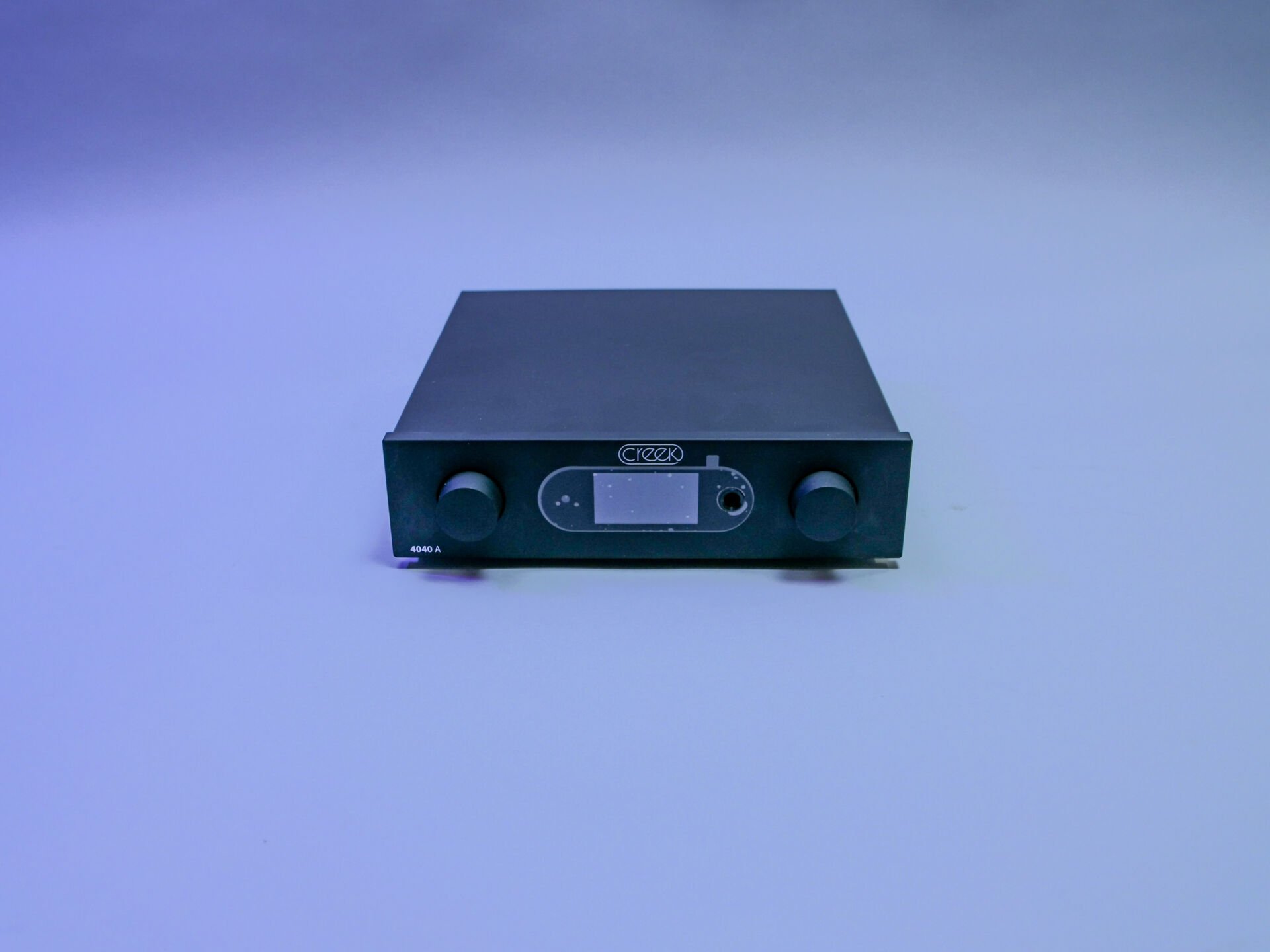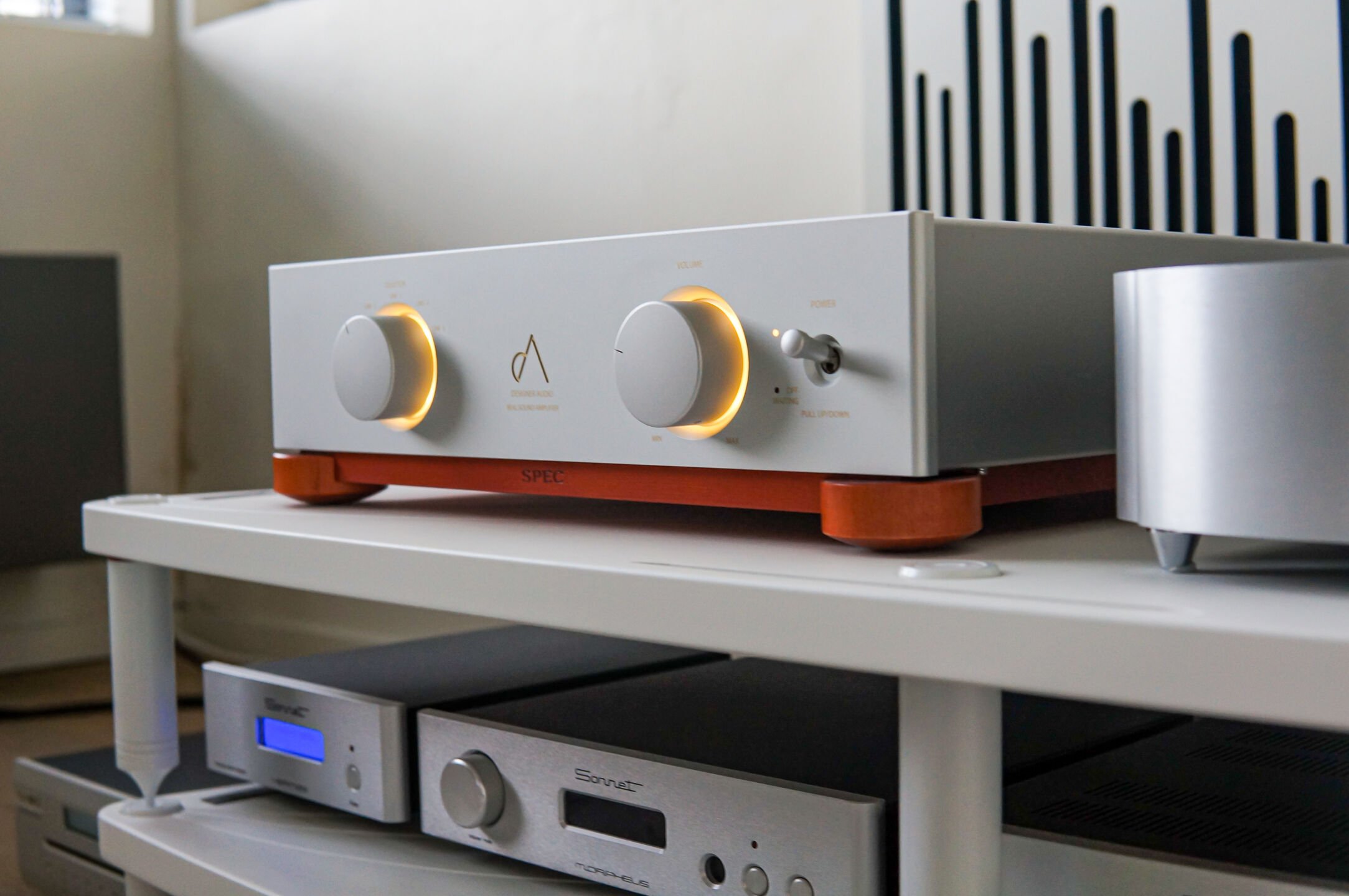

Intro
Contents
Over the past few months, a lot of fine integrated amplifiers have visited you editor. Think of the Rega Aethos, Moonriver Audio 404, Naim Nait XS3, Hegel H120, Denon PMA A-110, Marantz Model 30 and Yamaha A-S2200 to name a few. (Re)read our reviews for sure because they are all great amplifiers in the 3000 euro price range. In this price range there is a lot of choice. All major brands have an excellent representative in this segment but also smaller brands are trying to get a piece of the pie. In this review we look at the Lejonklou Baozu integrated amplifier.
One of those more humble manufacturers is Lejonklou from Sweden. The land of group immunity, gender equality and beautiful nature.
In Uppsala, a student town north of Stockholm, Frederic Lejonklou has been working on special amplifiers for 15 years. The brand name is his familiy name. The amplifier we are looking at today has to compete with the above-mentioned big boys. But that doesn’t seem to bother him. Meet the Lejonklou Baozu (reindeer in Saami), an integrated amplifier that does things just a little differently than the competition. How that works exactly we tell you in the story below. Enjoy!
Construction and appearance
The Lejonklou Boazu is a nondescript black box but one that is meticulously constructed. No bling bling or an arsenal of dials this time because this is one of the most minimalist amplifiers we have seen in recent years. We think it has something to it, but it will not show off.
Remarkable is its low weight of 4.4kg and its limited power of only 40 watts in Class A/B. In the middle of the facial plate is the brand name with above a light for the volume. On the left the same light to indicate whether the amplifier is active. On the right are three small buttons. Two for volume control and one to mute.
At the back there is possibly even less to report. A pair of speaker connectors, banana only, and four pairs of rca inputs. And that’s it. A small but handy remote control is included as standard.
On the Lejonklou Baozu you will find no dac, phono stage or headphone amplifier. This is back to basics! The website literally says: “Boazu is an integrated amplifier with zero features”. The crazy thing is that the prototype did have multiple features but Frederic Lejonklou was not happy with what he heard and started over. He ended up basing it on his much more expensive pre and power amplifiers and that turned out to be a hit.
We have the latest version in with the biggest change being the improved capacitors in the power supply. Those who have an older model can easily upgrade if desired.
Lejonklou Baozu and Colors
What makes this amplifier so special?
Well to start with, each input is continuously active so it does not matter how you connect the cables. In this way, no switching circuits are included in the signal path. And further research confirms an ingenious construction. Fredrik Lejonklou uses the principle of “source first.” This means that the amplifier should try to eliminate itself as much as possible.
To achieve this, all ballast was thrown overboard and alternative solutions were considered One of these solutions lies in the special volume control. Unlike most amplifiers that use a potentiometer, the Lejonklou Baozu chooses a Burr Brown chip. It is something different. But the craziest thing is yet to come. When controlling the volume, the center LED changes color. It changes from purple and blue to green. We haven’t seen that before and it also took some getting used to at first.
Fredrik Lejonklou does this for a reason. He noticed that traditional solutions produced mixed results. Either the resistance was not linear or there was a loss. There was always something altered (soundwise). According to Fredrik Lejonklou, the volume control has a large share in the reproduction. To say it took getting used to that LED, is an understatement. It’s not really our thing but after a while we could get away with it.
A switching power supply, specially selected resistors and capacitors that had to stay within strictly predefined standards complete the atypical featureset of this amplifier.












Just wondered what is the exact price of this Swedish amplifier and how would classical music perform via this amp (ie would the textures of instruments come through in realistic neutral fashion?)
Just wondered what is the exact price of this Swedish amplifier and how would classical music perform via this amp (ie would the textures of instruments come through in realistic neutral fashion?)